America’s most famous natural landmarks often suffer from their popularity, with crowded trails and packed viewpoints diminishing the very wilderness experience visitors seek. Yet across the country, spectacular landscapes remain where solitude enhances adventure—places where your footprints might be the only ones on the trail and the soundtrack consists of wind, water, and wildlife rather than the chatter of crowds.
Here is a list of 17 destinations across the United States where outdoor enthusiasts can find exceptional adventures without the crowds that plague more famous locations.
Black Canyon of the Gunnison, Colorado
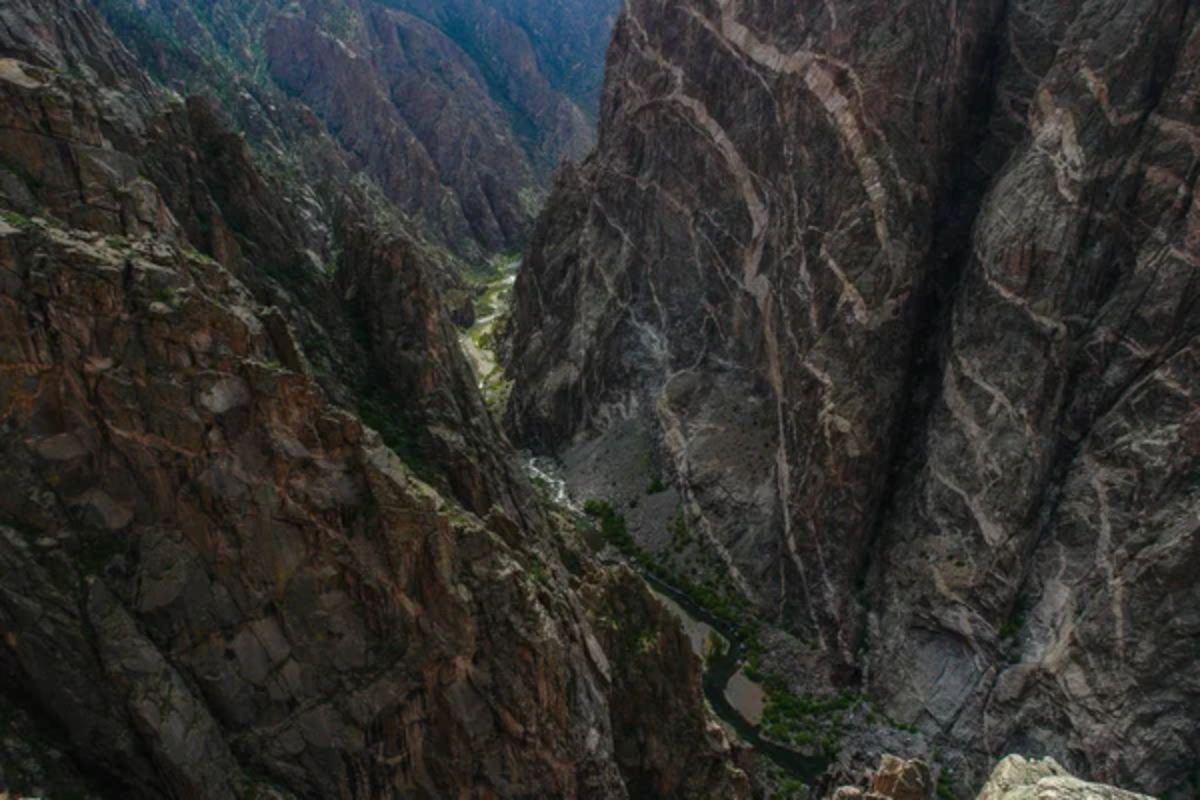
This dramatic gorge cuts 2,000 feet deep through ancient Precambrian rock, creating vertiginous views that rival the Grand Canyon, yet receives just a fraction of the visitors. The national park protects sheer walls of dark metamorphic stone carved by the powerful Gunnison River over millions of years, creating one of the steepest mountain descents in North America.
Experienced hikers can follow unmaintained inner canyon routes that require scrambling and route-finding skills, while the more accessible rim trails offer spectacular vistas without another hiker in view, particularly on the remote North Rim.
The park’s International Dark Sky designation means nighttime brings astronomical wonders, with the narrow canyon framing a ribbon of stars against the black rock walls. Despite offering world-class scenery, fishing, and rock climbing opportunities, Black Canyon remains blissfully uncrowded even during peak summer months.
Voyageurs National Park, Minnesota
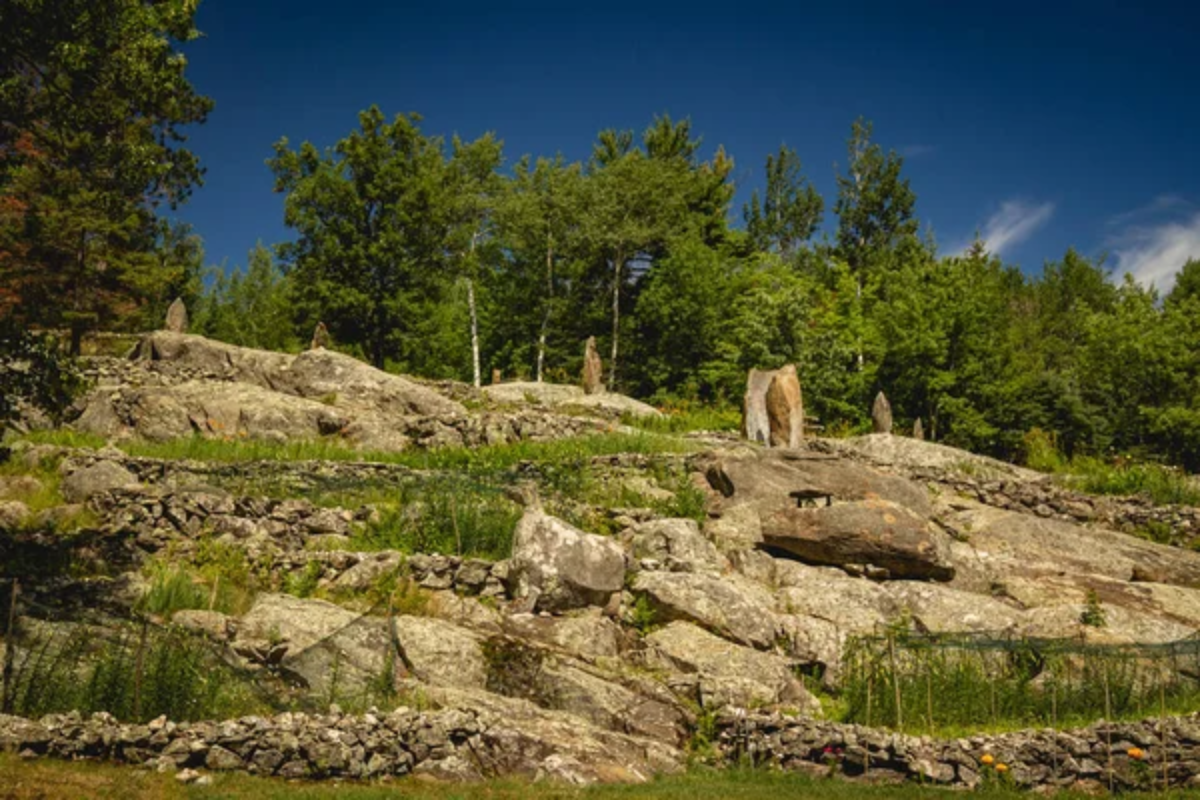
This water-based wilderness along the Canadian border features a maze of interconnected waterways covering nearly 40% of the park’s 218,000 acres, creating a paddler’s paradise best explored by canoe or kayak. Ancient rock formations dating back 2.8 billion years form islands and peninsulas cloaked in boreal forest, providing habitat for gray wolves, moose, and over 240 bird species.
Unlike more developed parks, Voyageurs offers primitive camping on islands where you might have an entire bay to yourself, with stargazing opportunities enhanced by the park’s designation as an International Dark Sky Park. Winter transforms this landscape into a frozen wonderland where visitors can drive ice roads across frozen lakes to access remote areas, go ice fishing in pop-up shelters, or witness spectacular northern lights displays reflected on snow-covered expanses.
The park’s relative obscurity and challenging access ensure that even during peak summer weekends, visitors can find solitude among the islands and inlets.
Like Travel Pug’s content? Follow us on MSN.
Gila Wilderness, New Mexico
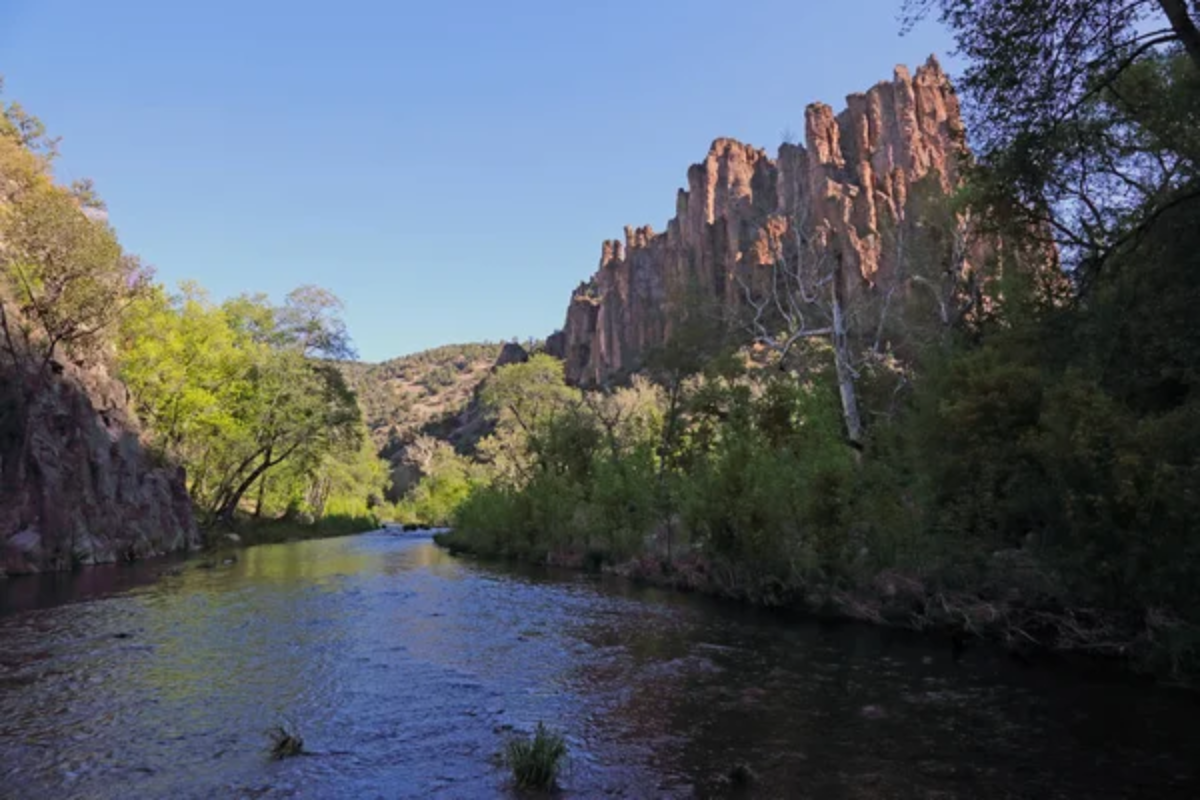
America’s first designated wilderness area protects 558,000 acres of diverse landscapes ranging from cactus-dotted desert to subalpine meadows interlaced with 700+ miles of trails, yet it remains among the least visited wild areas in the Southwest. The rugged Mogollon Mountains conceal ancient cliff dwellings, hot springs, and ponderosa pine forests where elk and black bears roam largely undisturbed by human presence.
Backpackers can follow the Middle Fork of the Gila River as it meanders through canyons, requiring numerous river crossings that keep casual hikers away but reward the persistent with access to natural hot springs perfect for soaking trail-weary muscles beneath star-filled skies. The wilderness area’s remoteness—nearly 40 miles from the nearest town of any size—ensures minimal light pollution, creating spectacular opportunities for astronomy enthusiasts and night photographers.
Despite containing landscapes every bit as dramatic as those in more famous Southwestern parks, the Gila’s challenging access guarantees adventures untainted by crowds.
Cumberland Island, Georgia
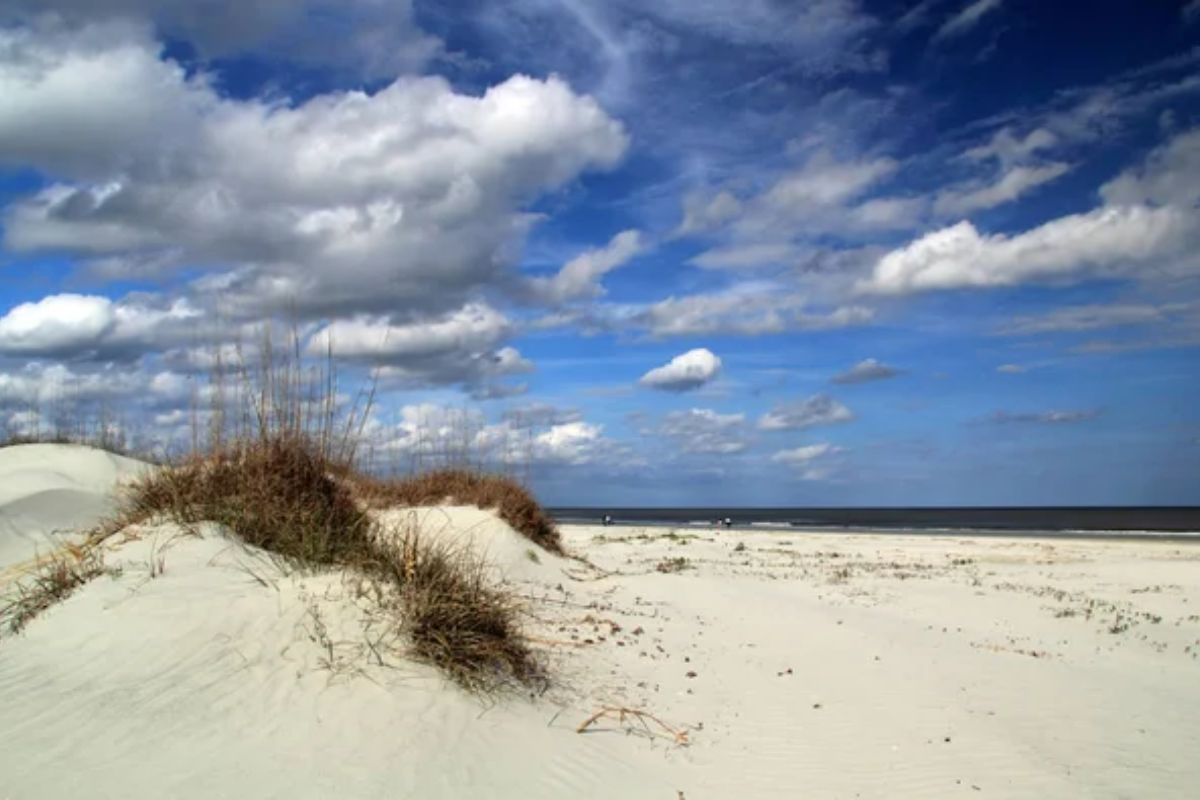
This barrier island along Georgia’s southeastern coast combines pristine beaches, maritime forests, and salt marshes with fascinating cultural history yet limits visitors to 300 daily—ensuring space and solitude for those who make reservations. Wild horses roam freely among ruins of Gilded Age mansions and slave cabins, creating surreal scenes where natural and human histories intertwine beneath massive live oak trees draped with Spanish moss.
The 17.5-mile-long island holds over 50 miles of trails connecting diverse ecosystems, from windswept dunes to dense forests of palmetto and oak, with primitive camping available at sites accessible only by backpacking. The absence of development—no stores, restaurants, or vehicles beyond park service transportation—creates a rare opportunity to experience coastal wilderness just 45 minutes by ferry from civilization.
The restricted visitation ensures that even during peak spring and fall seasons, visitors can walk for miles along pristine Atlantic beaches without encountering another person.
Paria Canyon-Vermilion Cliffs Wilderness, Arizona/Utah
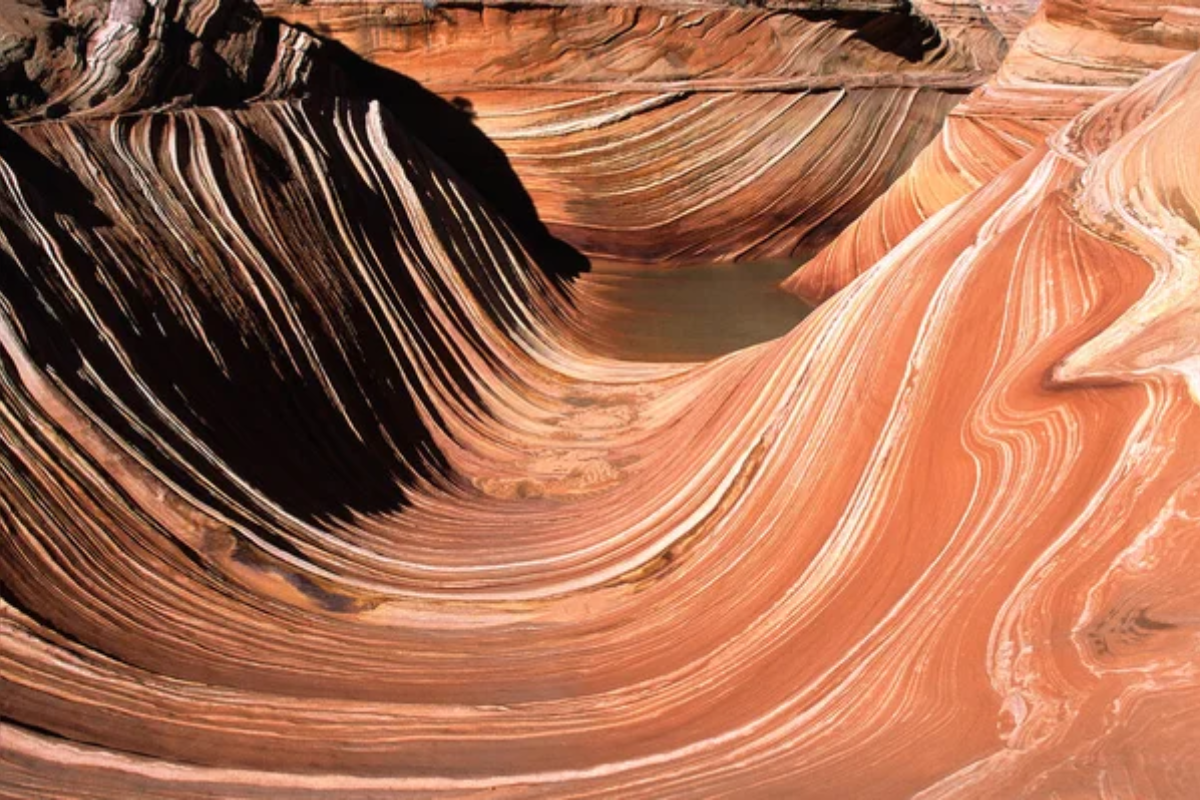
This 112,000-acre wilderness protects some of the most visually striking geology in the American Southwest, including the famous wave-like sandstone formation that has become an Instagram favorite—though permits are limited to just 64 hikers daily across the entire area. The centerpiece Paria Canyon stretches for 38 miles between towering sandstone walls streaked with desert varnish and water-carved into fantastical shapes, with natural springs creating oases of greenery amid the arid landscape.
Backpackers with permits can witness the canyon’s shifting moods as sunlight transforms the red rock walls throughout the day, with riverside camping spots providing front-row seats to some of the darkest night skies in America. Beyond The Wave, less famous but equally spectacular features like White Pocket offer bizarre geological formations without the permit difficulties, while ancestral Puebloan rock art panels provide glimpses into the area’s human history.
Despite containing world-class scenery, the wilderness area’s remote location and permit system ensures a pristine experience for those willing to plan.
Like Travel Pug’s content? Follow us on MSN.
North Cascades National Park, Washington
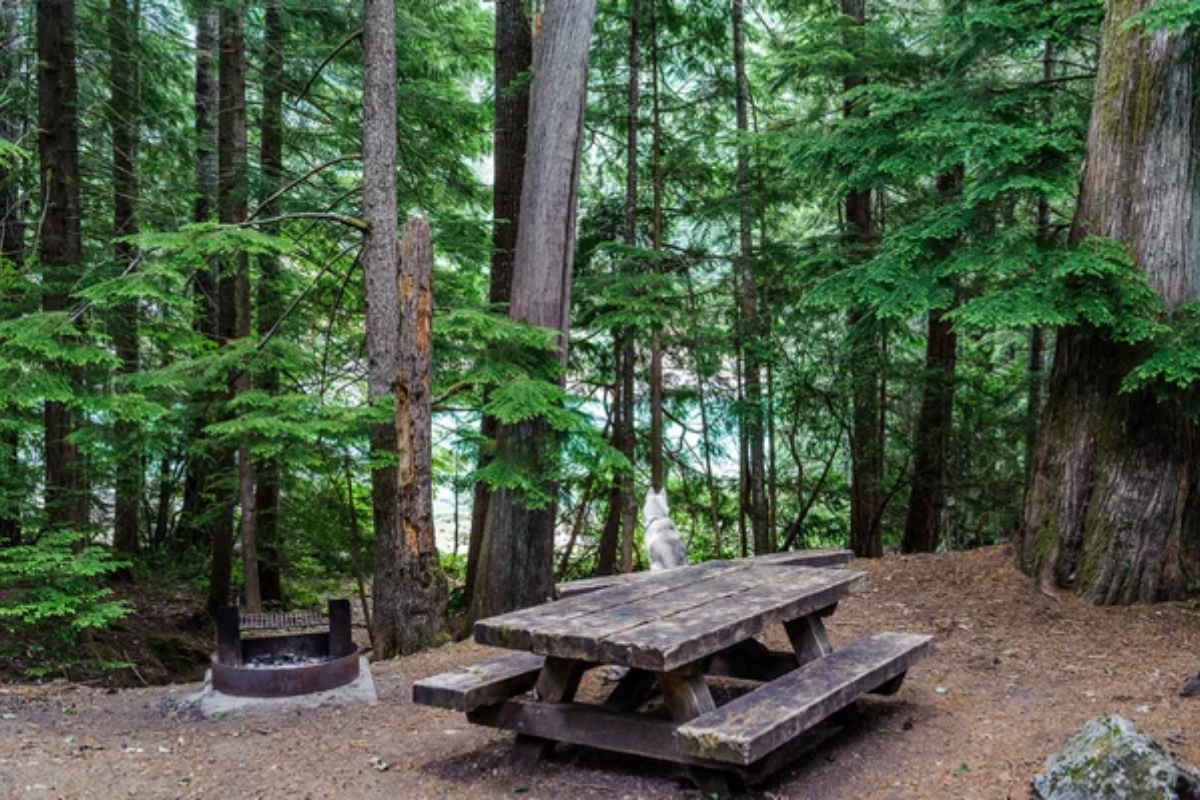
Despite being just three hours from Seattle, this rugged mountain park receives fewer annual visitors than Yellowstone welcomes in a single day, creating opportunities for genuine wilderness immersion amid over 300 glaciers—more than any U.S. park outside Alaska. Jagged peaks rising above turquoise lakes have earned the region the nickname “American Alps,” yet most visitors never venture beyond the scenic North Cascades Highway that bisects the park.
Adventurous hikers can access remote valleys where grizzly bears and wolves still roam, while experienced mountaineers tackle technical climbs on peaks like Mount Shuksan with its distinctive blue glacier and pyramid summit. The park’s 400 miles of trails include sections of the Pacific Crest Trail, with backcountry camps situated beside alpine lakes that reflect snow-capped mountains in their crystal waters.
North Cascades’ relative obscurity stems partly from its challenging terrain—93% of the park is designated wilderness with limited facilities—ensuring that those seeking solitude will find it in some of North America’s most striking alpine landscapes.
Pictured Rocks National Lakeshore, Michigan
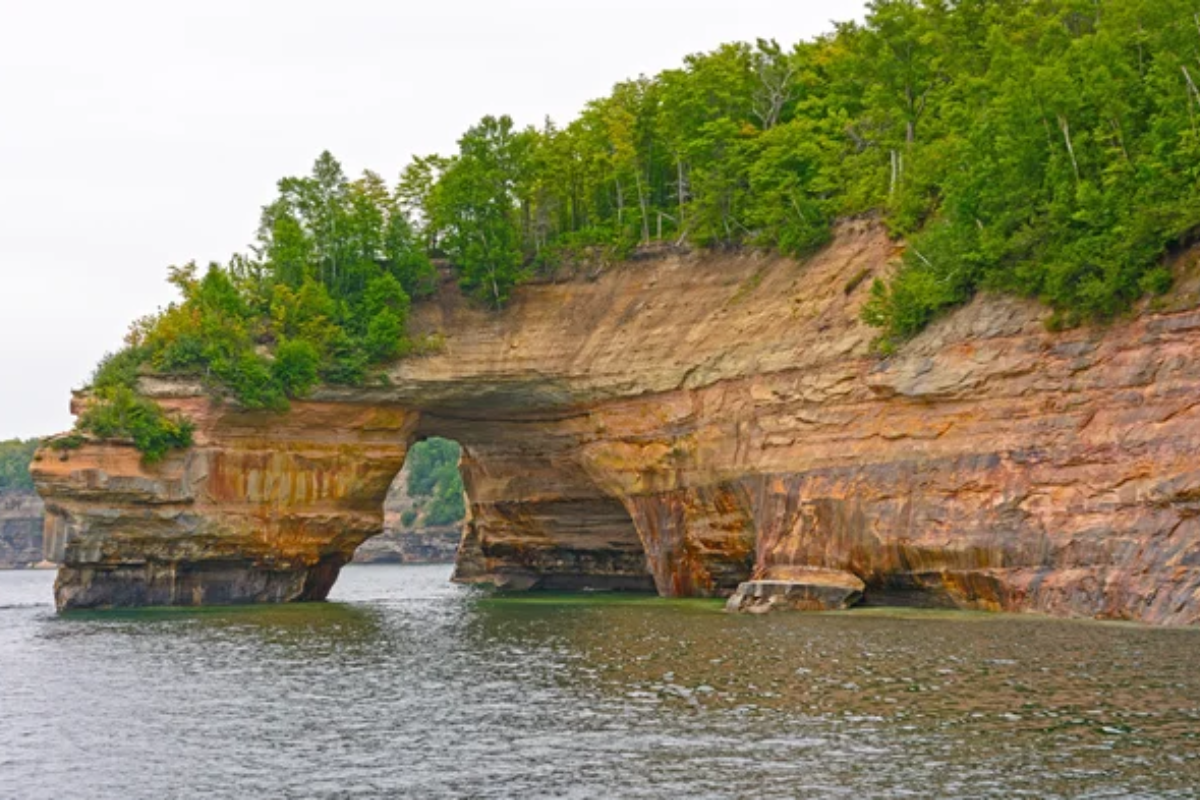
This 42-mile stretch of Lake Superior shoreline features multicolored sandstone cliffs, pristine beaches, and clear waters that would draw massive crowds if located on either coast, yet remains relatively uncrowded due to its remote Upper Peninsula location. The mineral-stained cliffs rise to 200 feet above the world’s largest freshwater lake, their surfaces streaked with blues, greens, and browns from copper, iron, and manganese deposits that appear to have been painted by a cosmic artist.
Kayakers can paddle beneath rock arches and past waterfalls that plunge directly into the lake, while hikers on the North Country Trail access viewpoints and secluded coves unreachable by road. Winter transforms the lakeshore into a wonderland where frozen waterfalls create ice-climbing routes, and the famous sea caves become ice caves accessible across the frozen lake surface.
Despite attractions including the Log Slide dune overlooking Au Sable Light Station and the Grand Sable Banks that resemble coastal sand dunes, Pictured Rocks receives just a fraction of the visitors that flock to nearby Mackinac Island.
Sawtooth Mountains, Idaho
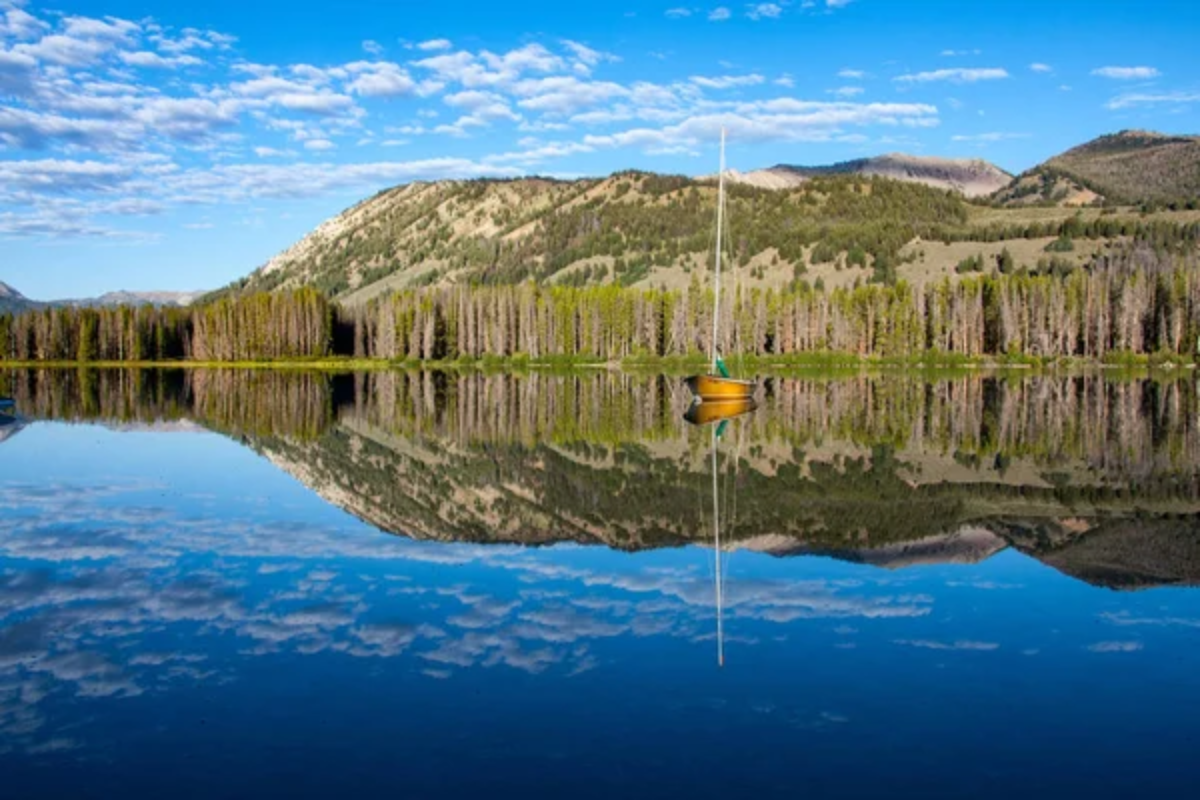
This jagged mountain range contains hundreds of alpine lakes nestled beneath 10,000-foot peaks, offering wilderness experiences comparable to the Tetons or Sierra Nevada yet with a fraction of the visitors and none of the entry fees or permit complications. The 756,000-acre Sawtooth Wilderness protects a landscape where glacier-carved valleys lead to crystal-clear lakes stocked with native trout while mountain goats traverse ridgelines silhouetted against impossibly blue skies.
Backpackers can follow trails to iconic destinations like Sawtooth Lake or Alice-Toxaway Loop without encountering crowds, even during peak summer weekends, while anglers find solitude on secluded waters accessible only by trail. The resort town of Stanley (population 69) provides access to amenities without the commercial development that plagues better-known mountain destinations, plus natural hot springs perfect for soaking after days of adventure.
Despite world-class climbing, hiking, fishing, and backcountry skiing opportunities, the Sawtooths remain remarkably uncrowded—a place where wilderness permits are available without competition, and campgrounds rarely fill.
Like Travel Pug’s content? Follow us on MSN.
Boundary Waters Canoe Area Wilderness, Minnesota
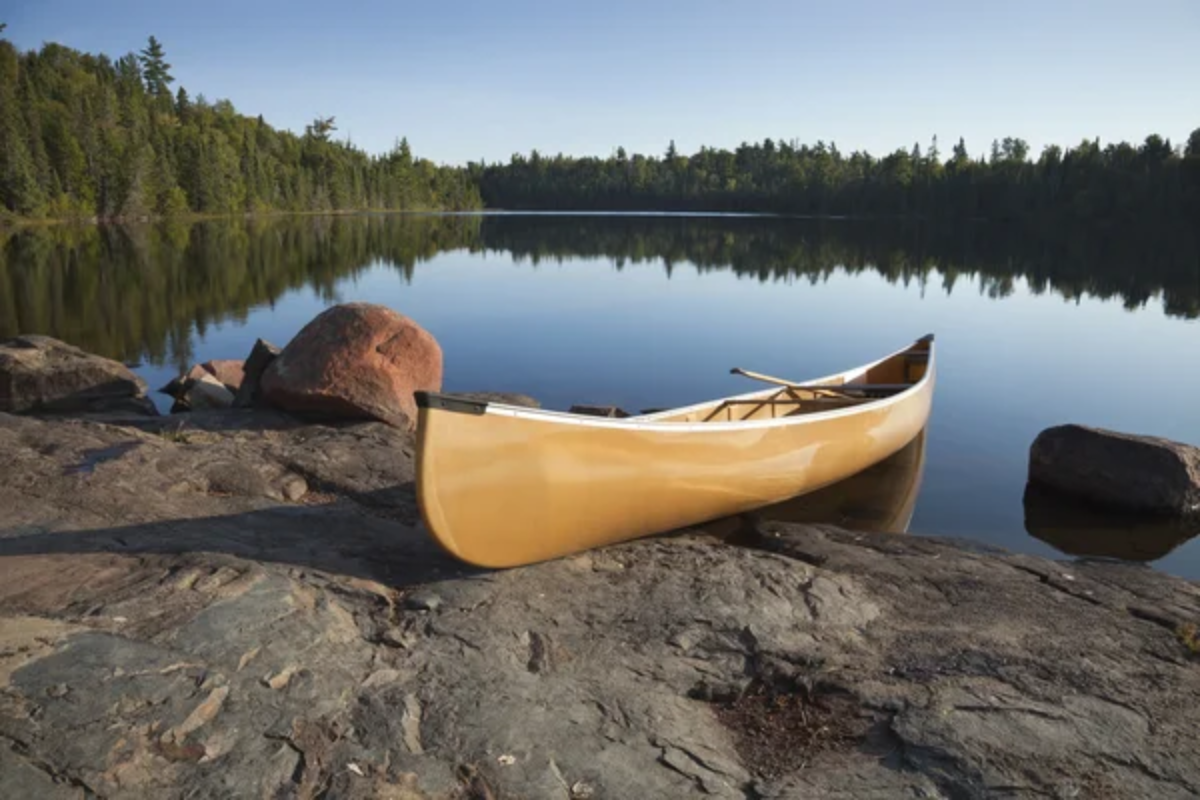
This million-acre watershed along the Canadian border contains over 1,100 lakes connected by portage trails, creating America’s premier canoe destination where motorized travel is largely prohibited and solitude guaranteed for those willing to carry their boats between waterways. Ancient boreal forests surround lakes carved by glaciers, with exposed Canadian Shield bedrock creating distinctive shorelines where visitors might spot moose wading in shallow bays or wolves patrolling rocky points.
The wilderness area’s quota system limits entry points to prevent crowding, while its vastness—stretching over 150 miles—ensures that paddlers can find secluded campsites on islands and peninsulas far from any signs of civilization. Winter transforms the landscape into a silent realm where cross-country skiers and snowshoers might travel for days without seeing another person while following frozen lake surfaces beneath shimmering aurora borealis displays.
Despite offering world-class fishing, wildlife viewing, and night sky observation opportunities, Boundary Waters’ requirement for self-sufficient wilderness travel keeps visitor numbers manageable even during peak summer months.
Guadalupe Mountains National Park, Texas
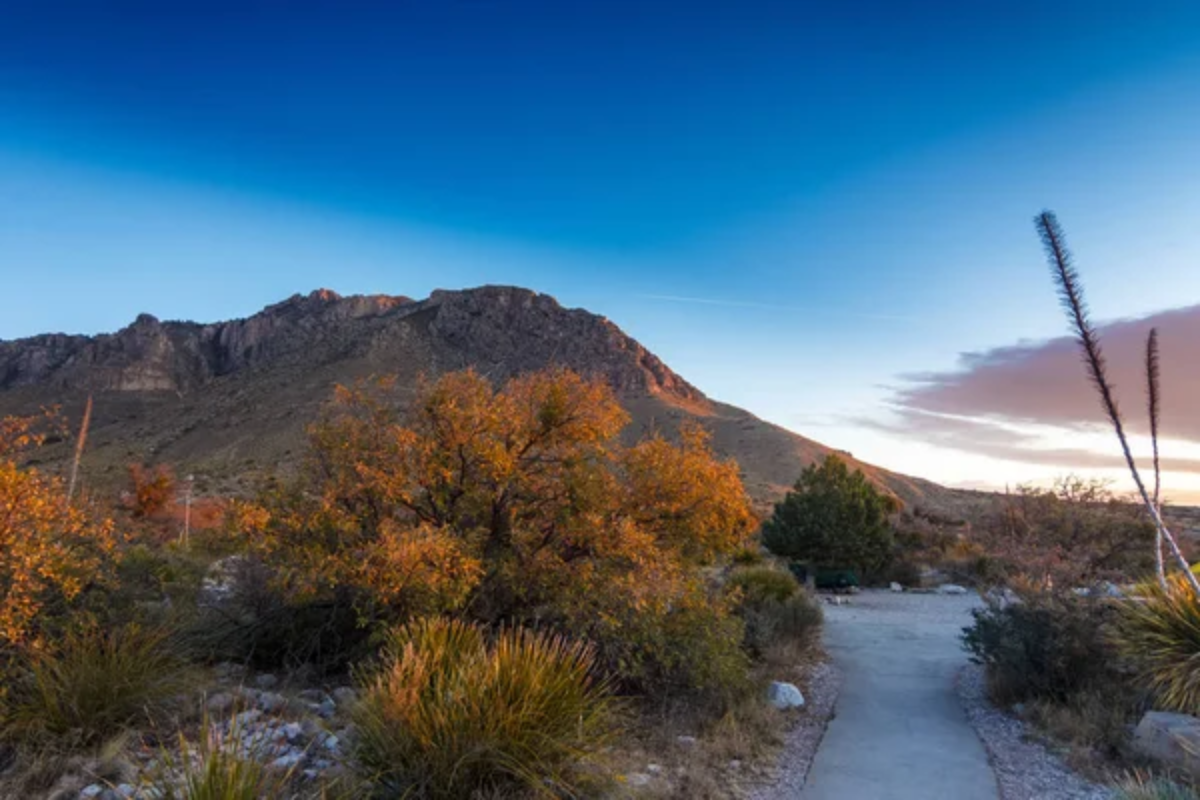
Rising dramatically from the Chihuahuan Desert floor, this ancient fossilized reef contains Texas’ four highest peaks and diverse ecosystems ranging from desert to high-elevation conifer forest, yet receives fewer visitors in a year than Big Bend welcomes in a month. The park protects Guadalupe Peak—the “Top of Texas” at 8,751 feet—where hikers reaching the summit monument can see for 100 miles across Texas and New Mexico on clear days.
Fall transforms McKittrick Canyon into a surprising display of autumn colors as bigtooth maples turn brilliant red and orange among the cacti and yucca, creating one of the Southwest’s most unexpected leaf-peeping destinations. The park’s remote location—nearly 100 miles from the nearest city—contributes to its International Dark Sky designation, with star parties revealing celestial features rarely visible elsewhere.
Despite containing landscapes that rival more famous parks in scenic beauty, along with exceptional fossil collections from its prehistoric existence as an underwater reef, Guadalupe Mountains remains blissfully uncrowded—a place where wilderness permits are readily available and solitude the norm rather than the exception.
Wrangell-St. Elias National Park, Alaska
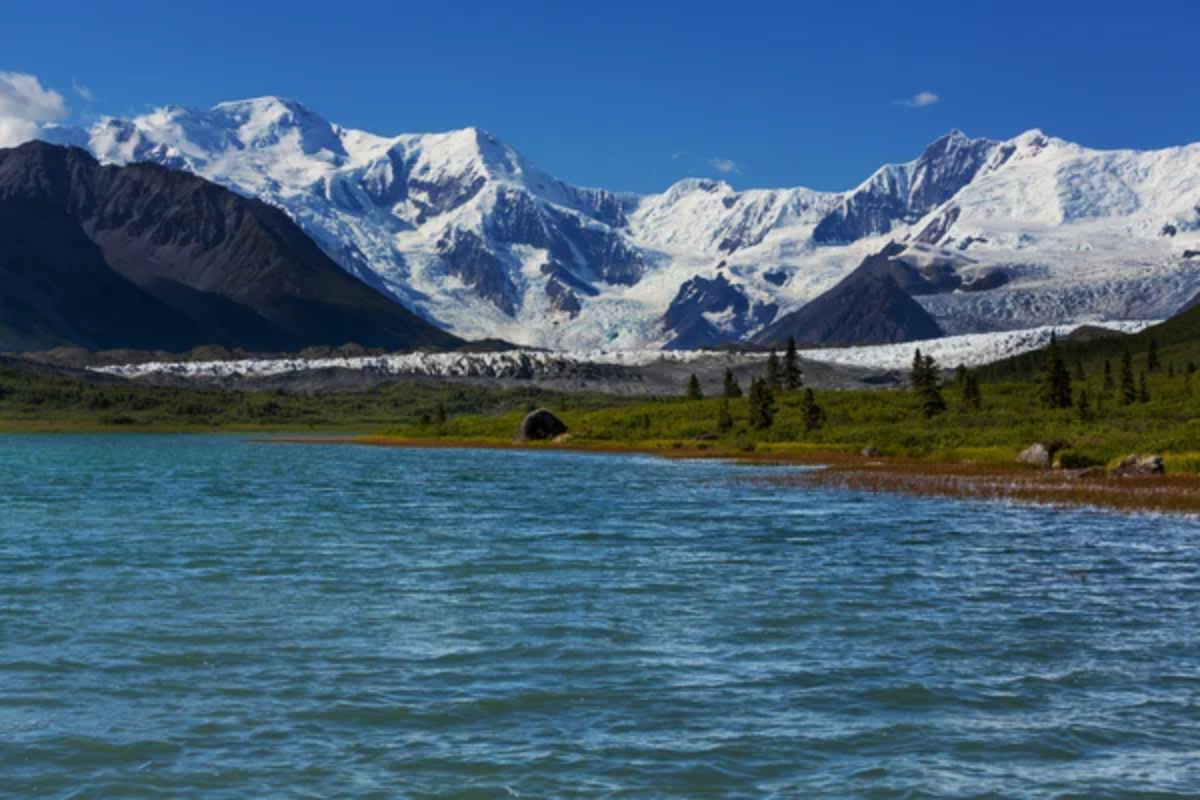
America’s largest national park covers 13.2 million acres—larger than Yellowstone, Yosemite, and Switzerland combined—yet receives only about 80,000 annual visitors, creating perhaps the ultimate opportunity for solitude amid superlative landscapes. Four major mountain ranges converge within park boundaries, including nine of the sixteen highest peaks in the United States, with Mount St. Elias rising 18,008 feet virtually from sea level.
Unlike many Alaskan destinations, visitors can access this park by road—albeit rough ones—leading to historic mining towns like McCarthy and Kennecott, where restored buildings from the early 1900s copper boom provide glimpses into frontier history. Adventurous travelers can arrange flightseeing tours or bush planes to remote landing strips that serve as starting points for backpacking across vast tundra landscapes where caribou herds migrate beneath towering peaks.
The park contains the largest concentration of glaciers in North America, including Malaspina Glacier, which alone covers more area than Rhode Island, creating a landscape that appears unchanged since the last ice age. If this park existed in the lower 48, it would likely rival Yellowstone in popularity.
Like Travel Pug’s content? Follow us on MSN.
Great Basin National Park, Nevada
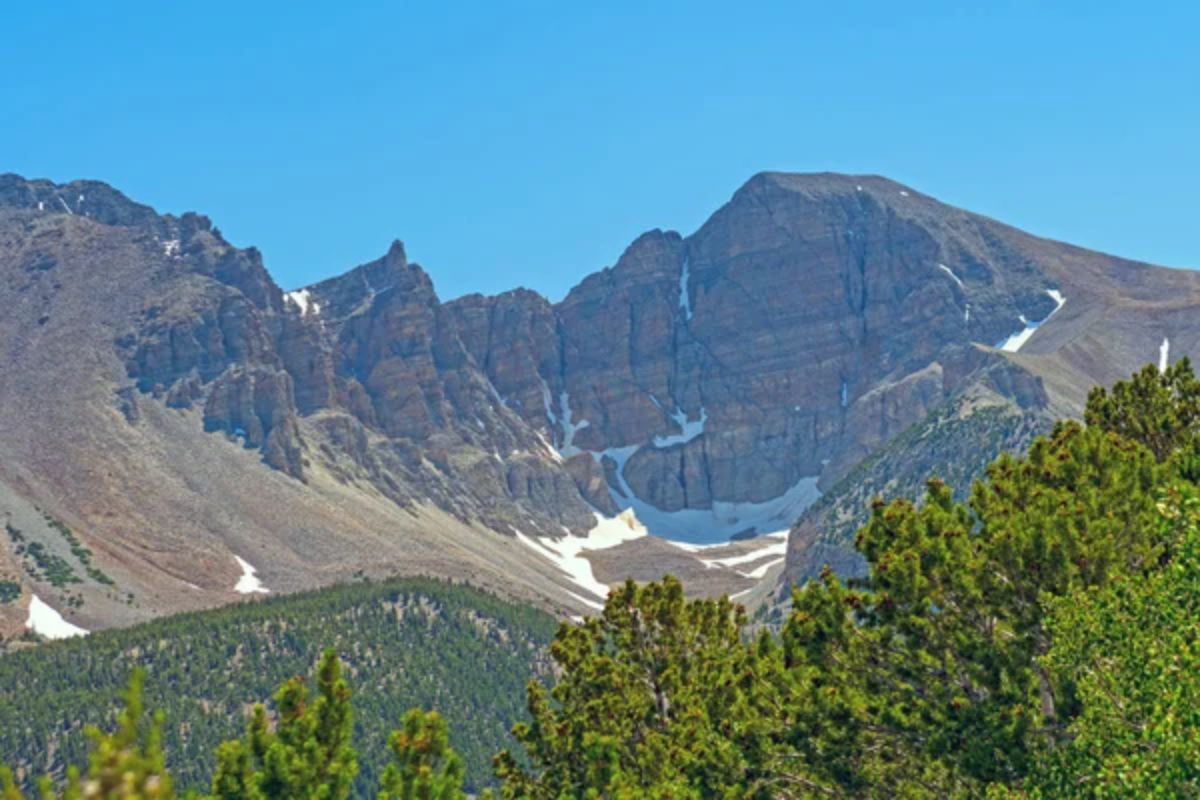
Hidden in eastern Nevada near the Utah border, this diverse park protects 13,063-foot Wheeler Peak and ancient bristlecone pine forests—including trees over 4,000 years old—yet receives fewer annual visitors than the Great Smoky Mountains welcomes in two days.
The park’s dramatic vertical range spans nearly 8,000 feet from a desert valley to an alpine peak, creating a “sky island” effect where distinct life zones support remarkable biodiversity despite the surrounding arid landscape. Lehman Caves feature some of the country’s most spectacular shield formations and rare cave features, with limited-size tours ensuring an intimate exploration of this underground wonderland.
The park’s extreme remoteness—70 miles from the nearest traffic light—has preserved exceptional dark skies, leading to its designation as an International Dark Sky Park, where visitors can observe the Milky Way so clearly it casts shadows on moonless nights. Though home to Nevada’s second-highest peak, a glacier (rare in this region), limestone caves, and ancient trees that were saplings when the pyramids were built, Great Basin remains one of America’s least-visited national parks—a place where solitude comes standard with every adventure.
Katahdin Woods and Waters National Monument, Maine
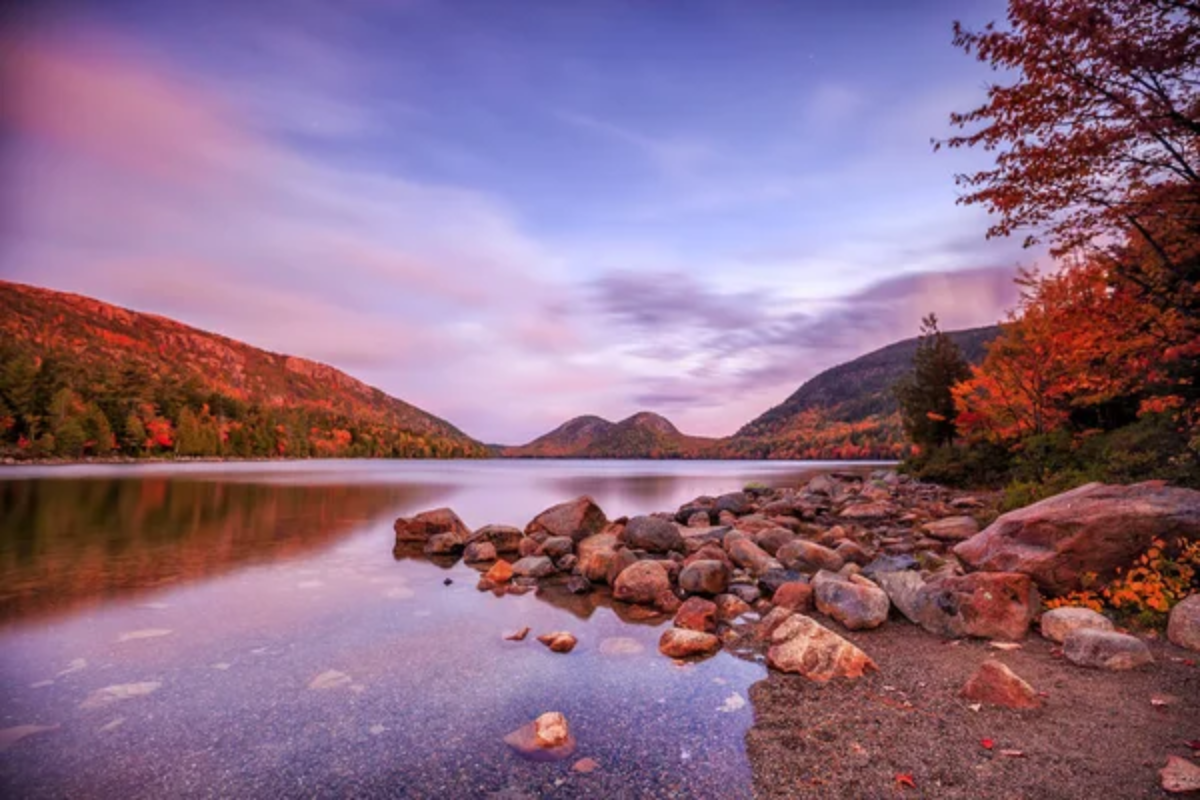
This relatively new addition to America’s protected lands encompasses 87,500 acres of forests, rivers, and mountains in Maine’s remote North Woods, offering an uncrowded alternative to nearby Acadia National Park, which receives 60 times more visitors annually. The monument protects a segment of the International Appalachian Trail where hikers can trace the East Branch of the Penobscot River through forests harboring moose, black bears, and lynx, with Mount Katahdin—the northern terminus of the Appalachian Trail—forming a dramatic backdrop visible from many vantage points.
Paddlers can navigate the monument’s waterways through landscapes that inspired conservationist Henry David Thoreau during his Maine Woods explorations, while night sky enthusiasts benefit from some of the darkest skies in the Eastern United States, with minimal light pollution allowing exceptional stargazing opportunities.
Winter transforms the monument into a haven for cross-country skiing and snowshoeing across landscapes that evoke the Maine woods of a century ago before widespread development changed the region. Despite containing exceptional recreational opportunities just a few hours from major population centers, Katahdin Woods remains largely undiscovered—a place where visitors can experience the wilderness that once covered the entire Northeast.
Channel Islands National Park, California
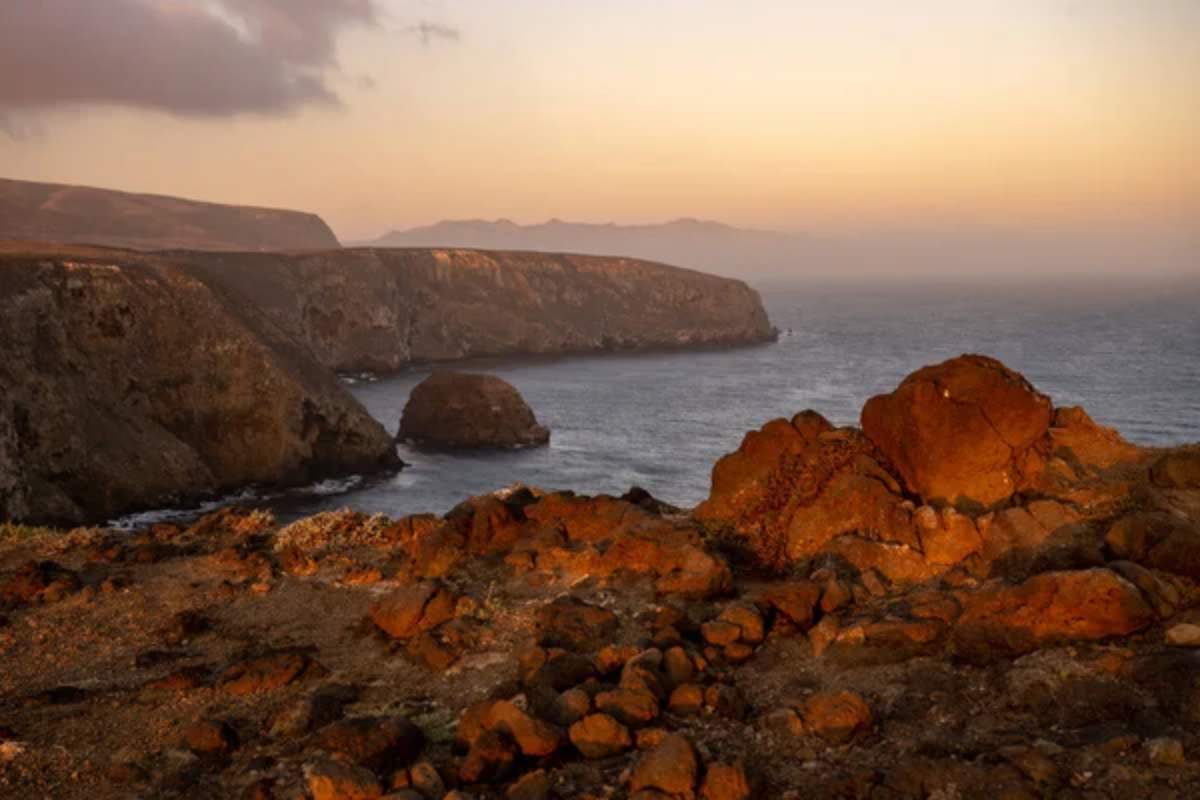
These five islands off the Southern California coast lie just 25 miles from 18 million people in the Los Angeles metropolitan area, yet remain among the least visited national parks due to their boat-access-only isolation. Often called “North America’s Galapagos,” the islands protect unique species found nowhere else on earth, including the island fox and dozens of endemic plants that evolved in isolation over thousands of years.
Visitors who make the crossing find landscapes largely unchanged since the Chumash people navigated these waters in tool canoes, with empty beaches, sea caves, and hiking trails offering experiences impossible along the developed mainland coast. The islands’ marine environment features kelp forests where kayakers paddle among seals and sea lions, while the nutrient-rich waters support spectacular diving opportunities with visibility often exceeding 100 feet.
Strict boat access ensures natural crowd control, ensuring that even during the peak summer season, visitors can find empty beaches and trails with panoramic ocean views untainted by development. Despite their proximity to millions of people, the Channel Islands remain a place where wilderness begins at the shoreline and extends from mountaintop to seafloor.
Like Travel Pug’s content? Follow us on MSN.
Apostle Islands National Lakeshore, Wisconsin

This archipelago of 21 islands scattered across Lake Superior creates a paddler’s paradise where sandstone sea caves, historic lighthouses, and pristine beaches await those willing to navigate the often-challenging waters of America’s largest freshwater lake. Unlike more famous coastal destinations, the Apostle Islands offer genuine solitude even during summer months, with empty beaches accessible only by boat and islands large enough to escape any crowds that might develop near popular landing areas.
Winter transforms the lakeshore into a frozen wonderland where ice caves form along the mainland sea caves, their surfaces featuring delicate formations that change with lake conditions and temperature fluctuations. The islands harbor old-growth forests that escaped the region’s extensive logging era, creating hiking experiences through northern hardwood forests that appear much as they did centuries ago, while the 40-mile stretch of protected shoreline includes both sandy beaches and dramatic red sandstone cliffs.
Despite offering world-class sea kayaking, hiking, and winter ice cave exploration just 90 minutes from Duluth, the Apostle Islands remain uncrowded except during perfect weather conditions—a place where adventure and solitude coexist in remarkable balance.
Missouri National Recreational River, Nebraska/South Dakota
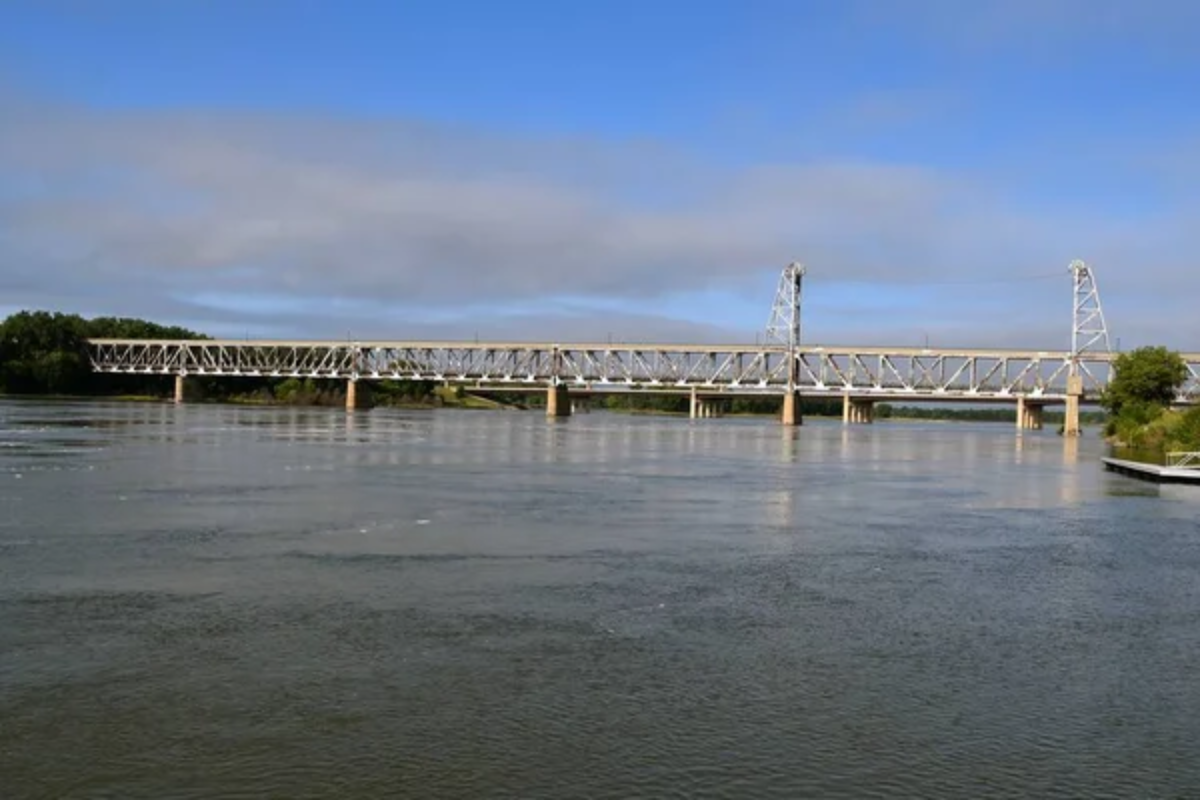
This rare 98-mile wild stretch of the Missouri River preserves one of the last untamed segments of America’s longest river, preserving a landscape that Lewis and Clark would recognize yet attracting just a tiny fraction of the visitors who flock to more famous waterways. The river’s unaltered nature creates a dynamic ecosystem of shifting sandbars, eroding bluffs, and cottonwood forests that provide habitat for bald eagles, least terns, and pallid sturgeon—showcasing how the Missouri functioned before dams and channelization tamed most of its course.
Paddlers can float past chalk bluffs and through the river’s “wild” sections, camping on sandbars that shift with each high water event and might not exist in the same location from year to year. Wildlife viewing opportunities abound along shorelines largely untouched by development while fishing for catfish, walleye, and smallmouth bass connects visitors to the river’s abundant natural resources.
Despite offering authentic river experiences just hours from major Midwestern cities, these protected river segments remain largely undiscovered by recreational users—a place where visitors can connect with America’s mightiest river system in its natural state without competing for space with other adventurers.
The Road Less Traveled
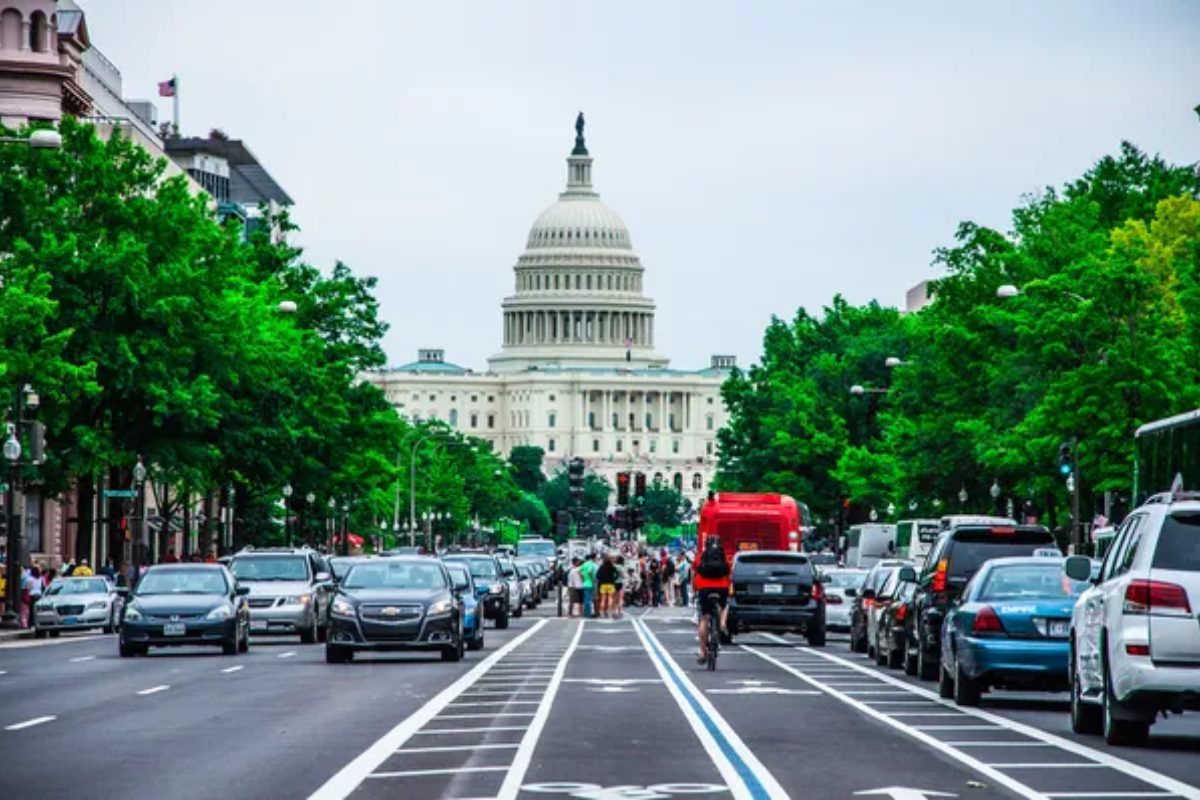
These sixteen destinations prove that extraordinary outdoor adventures don’t require sharing the experience with crowds—sometimes, the best journeys happen specifically because they unfold in places overlooked by mainstream tourism. These landscapes offer not just physical challenges but the increasingly rare opportunity to experience nature on its own terms, with silence and solitude enhancing the connection between visitor and environment.
Whether you’re seeking mountain peaks, desert canyons, island shorelines, or pristine waters, these destinations demonstrate that America still contains wild places where adventure awaits those willing to venture beyond the familiar landmarks and famous parks that dominate social media feeds and travel guides.
More from Travel Pug

- Cities Growing so Fast You Won’t Recognize Them in 10 Years
- 13 Destinations Where Tourists Regularly Regret Their Trip
- 16 U.S. Cities That Are Quietly Becoming Travel Hotspots
- Where to Travel If You Love Long Bus Rides and Daydreams
- 20 Cities Perfect for Solo Travelers Who Crave Adventure & Culture
Like Travel Pug’s content? Follow us on MSN.
